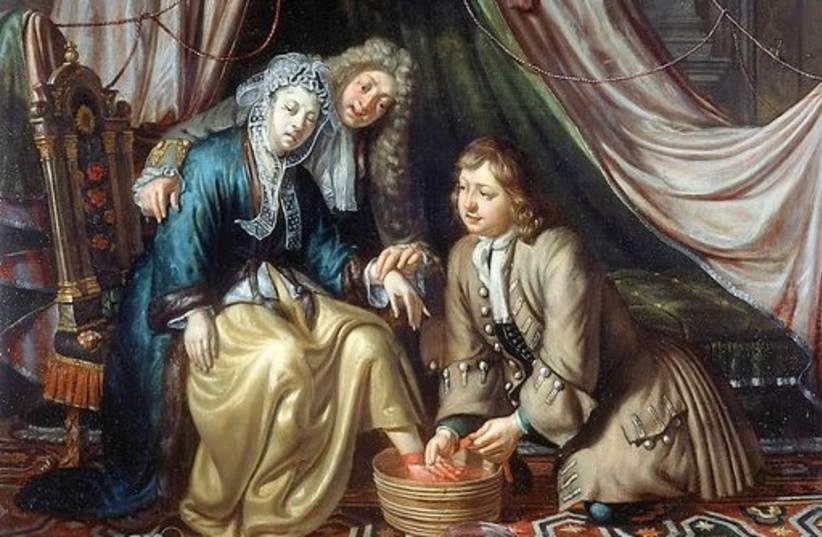The grave of Dr. William Meade is located about 24 kilometers from London in the town of Hertfordshire. The stone isn't interesting, but the inscription is. It says that the British doctor, who died sometime in October 1652, was only two months away from his 149th birthday.
The tombstone reads: "William Meade, who died October 28, 1652, was aged 148 years, 9 months, 3 weeks and 4 days."
If this is accurate, Mead was born in January 1504 and died shortly after the English Civil War which was fought from 1642-51.
While living to the age of 148 sounds like fiction these days, it was much more fictional then. The life expectancy of people born in Europe in the 16th century was between 30 and 40 years, so long as they survived childhood, smallpox, etc., making Mead's story even more improbable. Yet according to local legend, Mead developed an elixir for long life, as well as various other so-called medicines.
It’s believed that his wife was the one who dictated the inscription on his grave in order to promote sales of this life potion, which further increases doubts about the story. Yet, local government records found from 1781 write about "this amazing case of longevity", and claim that cemetery guards had to renew the inscription on the tombstone after it became illegible.

Hertfordshire's history sites claim that the tombstone has become covered with vegetation in recent years, and during attempts to reposition it, the stone was broken. It has since been reattached and is standing firm, but is Mead's age really accurate? This question will forever remain a mystery.
